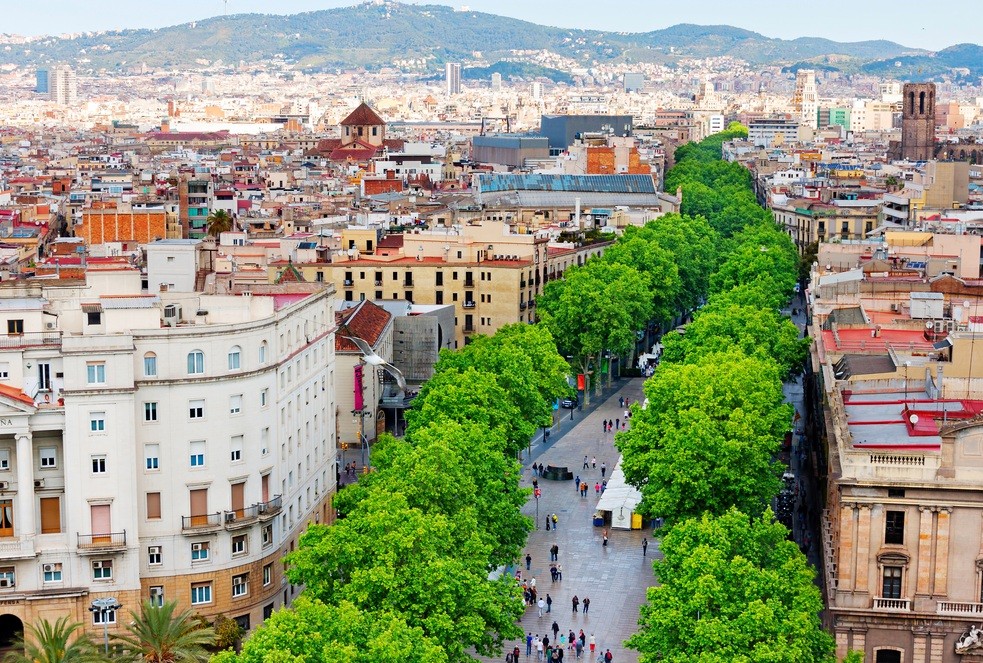Popular Reads
Top Results
Can't find what you're looking for?
View all search resultsPopular Reads
Top Results
Can't find what you're looking for?
View all search resultsLas Ramblas boulevard, Barcelona's historic promenade
Change text size
Gift Premium Articles
to Anyone
L
as Ramblas, the site of a deadly terror attack Thursday, is a key boulevard in Barcelona, a promenade which is popular with tourists and where the city traditionally celebrates the Barca football club's victories.
Las Ramblas was created in the 19th century, when Barcelona destroyed the city walls which were limiting its growth and built a promenade to unite the upper part of the city with the sea.
The road gave rise to the Barcelonian word "ramblear", which means to promenade on Las Ramblas.
The key artery was once packed with the Catalan city's wealthy -- on their way to the theatre -- and with visiting American marines, local prostitutes, flower and bird merchants, and vendors from the city's famed Boqueria market.
Although Barcelonians have long since given Las Ramblas over to the tourists, the historic promenade, which runs from the Plaza de Catalunya to the old port, holds a special place in the city's heart.
Read also: At least 13 dead and 50 injured in Barcelona van attack
It is home to the city's political, spiritual and commercial seats of power -- the Catalan government and Barcelona's municipal council, the cathedral and the large church of Santa Maria, as well as the headquarters of banks and the old stock exchange.
The promenade is divided into five parts. The upper part, known as the promenade of Canaletas, houses the fountain of Canaletas -- local legend holds that if visitors drink from it, they will return to Barcelona.
Further along is the promenade of students, so called because it housed one of the first universities in the city.
Further still, is the promenade of flowers -- named for its florists -- and the promenade of the Capucins, with the Boqueria market and the Liceo theatre.
Finally, there is the promenade of Santa Monica, when the promenade ends by the sea, with a statue of Christopher Colombus.







